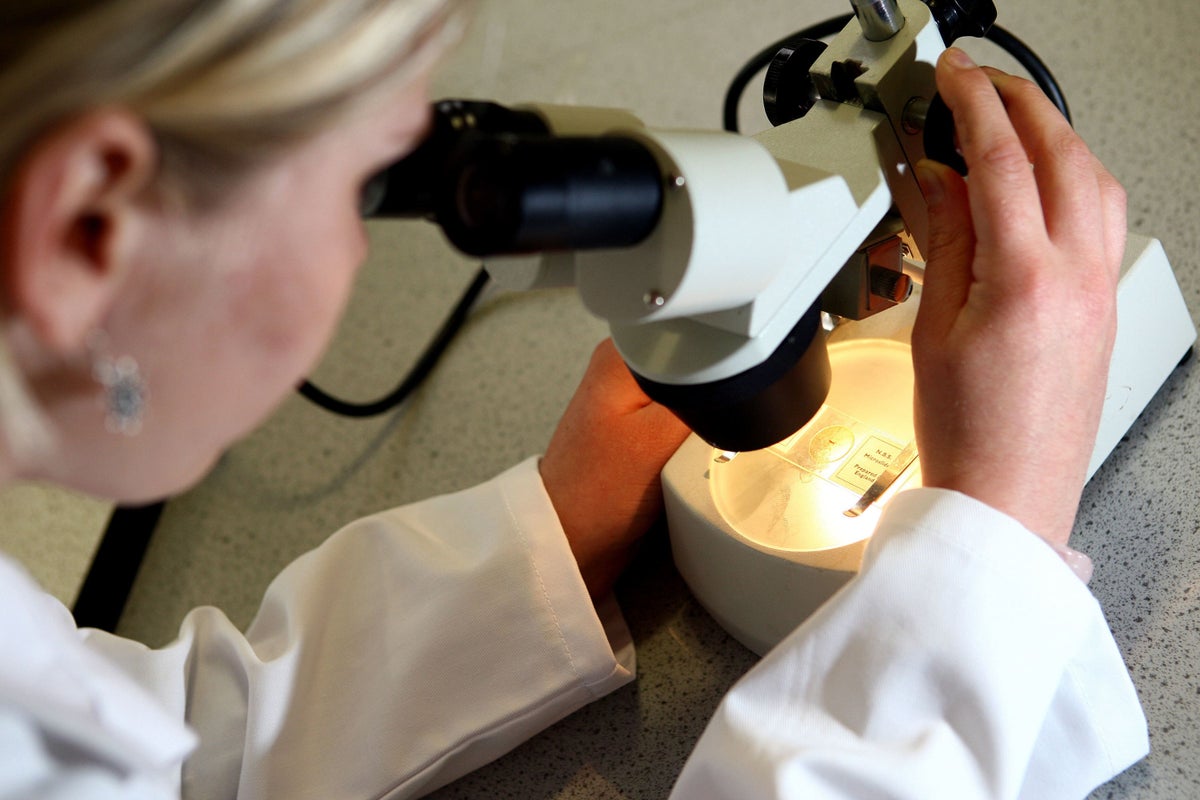
A potent plant toxin with a unique way of killing harmful bacteria has emerged as one of the strongest antibiotic candidates in decades.
Scientists say albicidin can kill off superbugs such as E.coli and salmonella, which are becoming increasingly resistant to modern medicine.
It is produced by a sugar cane pathogen called xanthomonas albilineans, which causes devastating leaf scald disease in the plants.
Albicidin is thought to be used by the pathogen to attack the sugar cane, which allows it to spread.
It seems, by the nature of the interaction, albicidin targets a really essential part of the enzyme and it's hard for bacteria to evolve resistance to that— Dr Dmitry Ghilarov, John Innes Centre
Scientists have known for some time that albicidin is very effective at killing superbugs such as E.coli, which are notorious because they are becoming increasingly resistant to antibiotics.
This means researchers are racing to develop effective new drugs.
While experiments have shown that albicidin is promising, pharmaceutical development of it has so far been hampered because scientists did not know exactly how it interacted with its target, a bacterial enzyme DNA called gyrase.
This enzyme binds to DNA and, through a series of elegant movements, twists it up in a process called supercoiling, which is vital for cells to function properly.
Now, researchers in the UK, Germany and Poland have exploited advances in a technique called transmission electron microscopy which allows specimens to be examined at temperatures as low as minus 273C.
They found albicidin forms an L shape which allows it to interact with both the gyrase and the DNA in a unique way.
In this state gyrase can no longer move to bring the DNA ends together, and the albicidin acts like a spanner thrown between two gears.
The researchers say the way albicidin interacts with gyrase is sufficiently different from existing antibiotics that the molecule and its derivatives are likely to work on many of the current antibiotic-resistant bacteria.
We believe this is one of the most exciting new antibiotic candidates in many years— Dr Dmitry Ghilarov, John Innes Centre
Study author Dr Dmitry Ghilarov, from the John Innes Centre in Norwich, said: “It seems, by the nature of the interaction, albicidin targets a really essential part of the enzyme and it’s hard for bacteria to evolve resistance to that.
“Now that we have a structural understanding, we can look to further exploit this binding pocket and make more modifications to albicidin to improve its efficacy and pharmacological properties.”
The team have already used their observations to make improved versions of the antibiotic.
Tests found these new versions were effective against dangerous infections such as E.coli and salmonella.
Dr Ghilarov said: “We believe this is one of the most exciting new antibiotic candidates in many years.
“It has extremely high effectiveness in small concentrations and is highly potent against pathogenic bacteria – even those resistant to the widely used antibiotics such as fluoroquinolones.
“This molecule has been around for decades. Now advances in cryo-electron microscopy has made it possible to determine structures of even the most elaborate protein-DNA complexes.
“To be the first person to see the molecule bound to its target and how it works is a huge privilege, and the best reward one can have as a scientist.”
– The results are published in the journal Nature Catalysis.







